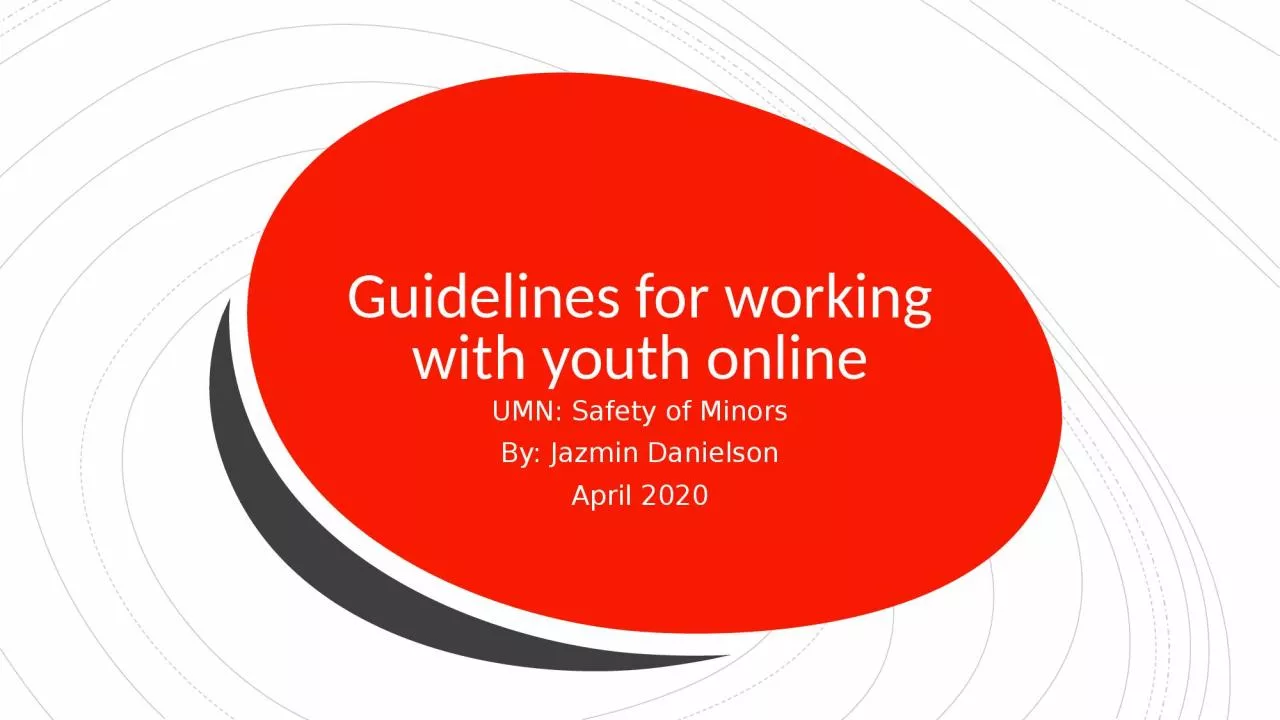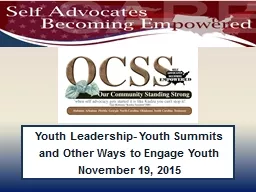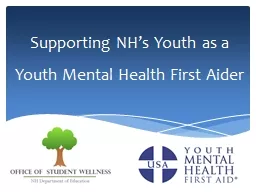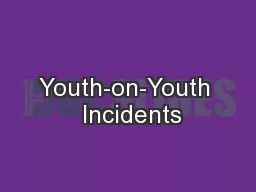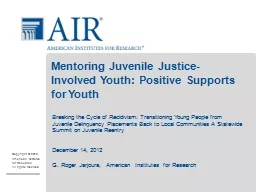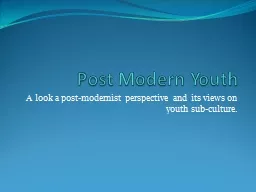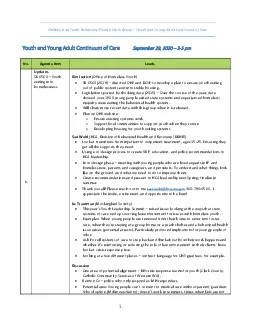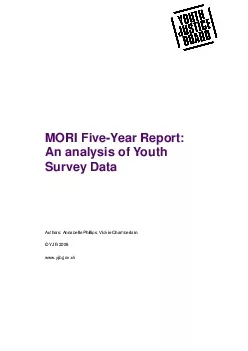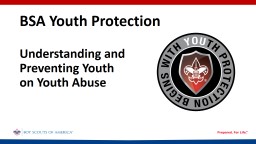PPT-Guidelines for working with youth online
Author : Soulmate | Published Date : 2022-08-04
UMN Safety of Minors By Jazmin Danielson April 2020 Operating Lens Risk Online Guidelines Accessibility Reminders and Resources Questions Safety and Compliance
Presentation Embed Code
Download Presentation
Download Presentation The PPT/PDF document "Guidelines for working with youth online" is the property of its rightful owner. Permission is granted to download and print the materials on this website for personal, non-commercial use only, and to display it on your personal computer provided you do not modify the materials and that you retain all copyright notices contained in the materials. By downloading content from our website, you accept the terms of this agreement.
Guidelines for working with youth online: Transcript
Download Rules Of Document
"Guidelines for working with youth online"The content belongs to its owner. You may download and print it for personal use, without modification, and keep all copyright notices. By downloading, you agree to these terms.
Related Documents

